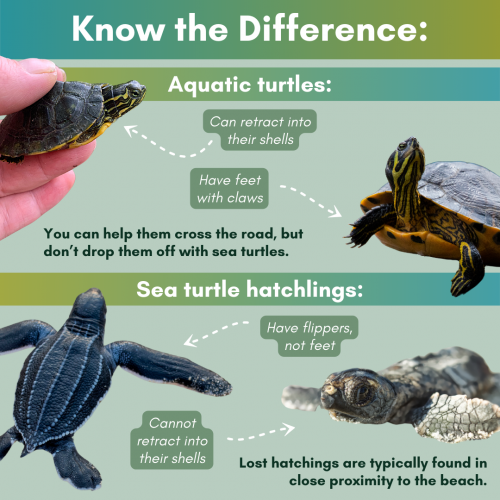
Turtles are fascinating reptiles instantly recognizable by their protective shells. These sturdy coverings have captivated humans for centuries, leading to many myths and misconceptions about how they develop. One common belief is that baby turtles hatch without shells, only developing them later in life. This couldn’t be further from the truth! A turtle’s shell is an integral part of its body, present from the very beginning.
This article will delve into the fascinating world of turtle shell development, exploring how these remarkable structures form and grow throughout a turtle’s lifespan. We’ll uncover the secrets behind baby turtle shells, examine the intricate process of shell formation within eggs, and understand how shells continue to evolve as turtles mature.
Turtle Shell Development
A turtle’s shell is not merely an external covering; it’s a complex bony structure fused with its ribs and backbone. This unique design provides exceptional protection from predators and environmental hazards. The shell consists of two main parts: the carapace, which forms the upper shell, and the plastron, which covers the underside. Both parts are composed of numerous plates called scutes, made up of keratin – the same material that makes up human fingernails and hair.
The development of a turtle’s shell begins long before hatching from the egg. Within the developing embryo, specialized cells differentiate to form the skeletal structures that will eventually become the carapace and plastron. These bony plates are initially soft and flexible, gradually hardening as the turtle grows.
As the turtle matures, its shell continues to develop and expand. New scutes are added along the edges of the existing plates, allowing the shell to accommodate the growing body. This ongoing process ensures that the shell remains a strong and protective barrier throughout the turtle’s life.
Baby Turtle Shells
Contrary to popular belief, baby turtles are not born without shells. In fact, their shells are fully formed at hatching, albeit smaller than those of adult turtles. The shell provides crucial protection for the vulnerable hatchlings as they navigate their way from the nest to water and begin their independent lives.
Baby turtle shells often have a softer texture compared to adult shells due to the presence of more flexible scutes. This allows for greater flexibility during movement and growth. As the hatchling matures, its shell gradually hardens and becomes more robust.
Shell Formation in Eggs
The development of a turtle’s shell begins within the egg, a remarkable feat of biological engineering. The eggshell itself provides a protective barrier for the developing embryo, while specialized structures within the egg contribute to the formation of the turtle’s shell.
During embryonic development, cells differentiate and organize into layers that will eventually form the carapace and plastron. These layers are initially soft and pliable, gradually hardening as the embryo grows. The yolk sac provides nutrients essential for shell development, while the albumen (egg white) helps maintain a stable environment for the developing embryo.
Lifelong Growth of the Shell
A turtle’s shell is not static; it continues to grow and evolve throughout its life. As the turtle matures, new scutes are added along the edges of existing plates, allowing the shell to expand and accommodate the growing body. This ongoing process ensures that the shell remains a strong and protective barrier throughout the turtle’s lifespan.
The rate of shell growth varies depending on factors such as species, age, and environmental conditions. Some turtles may experience periods of rapid shell growth during their juvenile years, while others continue to grow slowly throughout adulthood.
Conclusion
Contrary to common misconceptions, baby turtles are born with fully formed shells, albeit smaller than those of adult turtles. The development of a turtle’s shell is a complex and fascinating process that begins within the egg and continues throughout its life. From the intricate formation of bony plates to the ongoing addition of new scutes, the turtle’s shell serves as a testament to the remarkable adaptability and resilience of these extraordinary creatures.
